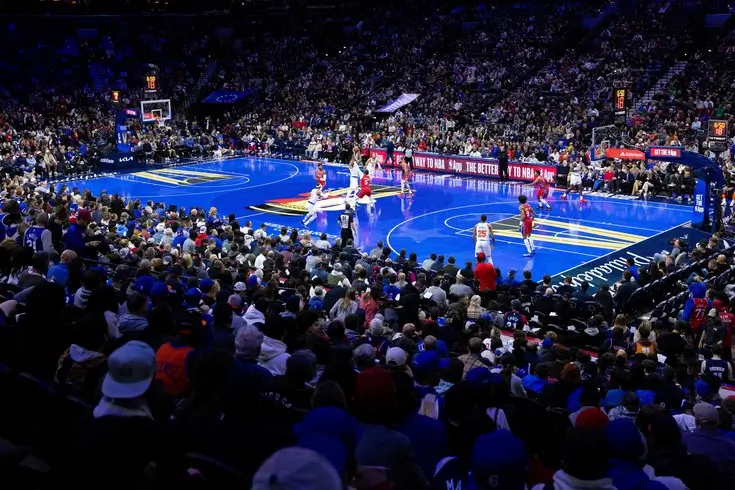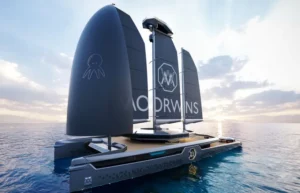In a move that’s either bold or bewildering—depending on who you ask—Chipotle Mexican Grill is taking its burritos to the place that invented them.
The fast-casual chain known for lines out the door and extra charges for guac has announced it will open its first location in Mexico by early 2026. The news came with a bigger message: Chipotle wants a slice of Latin America. The company has signed a development agreement with Alsea, a multinational operator behind hundreds of Starbucks, Domino’s, and Burger King locations across Latin America and Europe.
Chipotle isn’t just crossing the border. It’s making a statement: we’re not just an American success story. We’re a global brand now.
The “Mexican” Brand Built in America
From day one, Chipotle has danced with contradiction. It sells a version of Mexican food that was born, raised, and scaled in the United States. Its menu is based on a narrow slice of Mexican culinary tradition—burritos, bowls, rice, beans, guac, and protein-heavy options like barbacoa and carnitas. It’s designed for efficiency, portability, and customizability, all hallmarks of American fast-casual dining.
But here’s the catch: Chipotle doesn’t really exist in Mexico. Not the food, not the format, not the price point. Burritos aren’t a national staple in Mexico the way tacos or tamales are. And the idea of walking into a stainless-steel service line to build a meal with cilantro-lime rice and roasted corn salsa would feel foreign to the average Mexican diner.
In the U.S., “Mexican food” is often a blend of Mexican-American, Tex-Mex, and California-Mex styles. And that’s fine—no one’s asking for authenticity at a mall Chipotle. But in Mexico, the bar is different. The competition isn’t Taco Bell. It’s a 60-year-old woman selling tacos de canasta for 10 pesos on a street corner, or a family-run taquería that’s been perfecting its pastor for generations.
History’s Warning: Taco Bell Tried. Twice.
If this sounds familiar, that’s because it is. Taco Bell famously attempted to enter the Mexican market twice—and failed both times. In 1992 and again in 2007, the chain tried to court Mexican consumers. The result? Crickets. Confusion. Some mockery.
Writer Carlos Monsiváis put it bluntly when he told the Associated Press that launching Taco Bell in Mexico was “like bringing ice to the Arctic.” The brand was derided as a caricature, a foreign imitation of something locals didn’t need imitated.
Taco Bell exited quietly, and its failure became a cautionary tale for fast-food brands with international ambitions. Just because something works in the U.S. doesn’t mean it will translate—especially when you’re trying to sell a version of someone’s culture back to them.
What Chipotle Has Going For It
To be fair, Chipotle is not Taco Bell. Its food is fresher. Its ingredients are higher quality. There’s no ground beef slurry or neon nacho cheese on the menu. Instead, Chipotle leans into actual Mexican flavors—its barbacoa is inspired by slow-cooked beef from southern Mexico, its guacamole is hand-smashed, and it offers spicy salsas and real adobo marinades.
More importantly, Chipotle has built a strong global-facing brand: it’s associated with clean eating, transparency, and customization. For some Mexican consumers—especially young professionals or health-conscious diners—this could be appealing.
And with Alsea behind the rollout, Chipotle has a local partner that knows the market. Alsea already runs thousands of fast-food and casual dining locations in Mexico. It knows how to navigate real estate, pricing, supply chains, and local dining habits. That gives Chipotle a critical edge Taco Bell didn’t have.
There’s also timing. Mexico’s urban middle class is expanding. Health and wellness trends are taking hold. And American brands still carry cultural cachet in certain circles—especially when they bring a reputation for quality and sustainability.
No comments yet.








